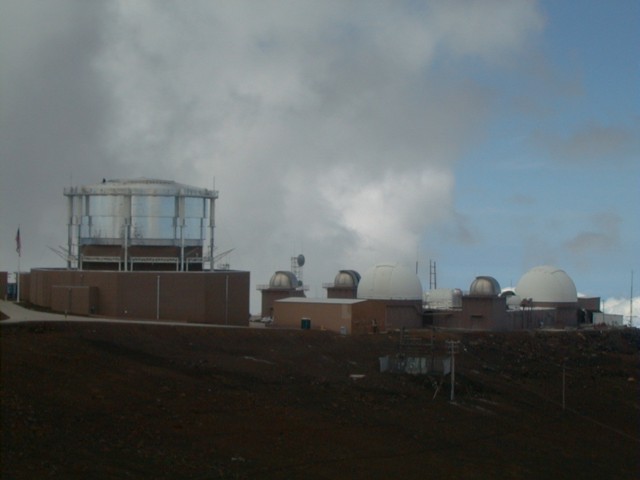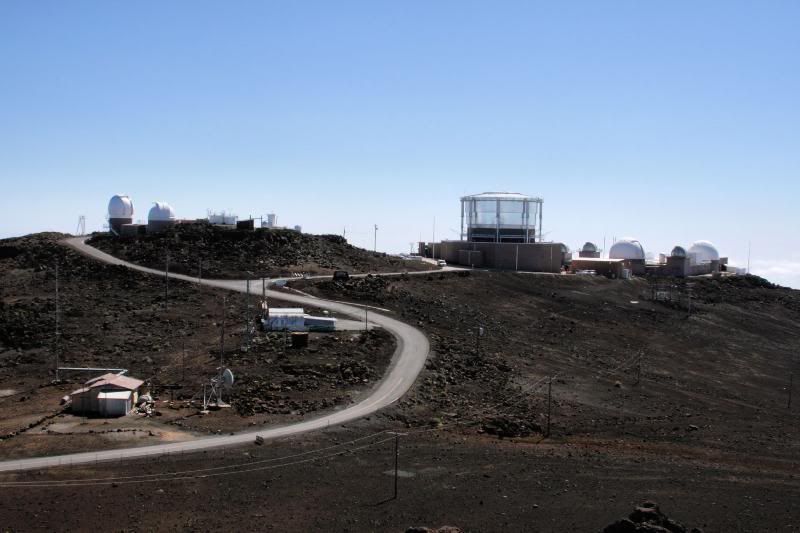
There’s very little we can write to preface the imagery below, so we’ll just set the scene and get out of the way. The video below was captured by Stephane Guisard and Jose Francisco Salgado at the European Southern Observatory’s Very Large Telescope (VLT) in Chile’s Atacama Desert. And it might make you cry.
What makes this time lapse particularly amazing--because we’ve all seen plenty of time lapse videos of the night sky--is the four telescopes in the foreground. Watching these instruments work against a black background would be endlessly fascinating on its own. Unfortunately you won’t be able to pay them too much attention. Because damn, what a sky.
What makes this time lapse particularly amazing--because we’ve all seen plenty of time lapse videos of the night sky--is the four telescopes in the foreground. Watching these instruments work against a black background would be endlessly fascinating on its own. Unfortunately you won’t be able to pay them too much attention. Because damn, what a sky.
"The Very Large Telescope (VLT) is made up of four separate optical telescopes (the Antu telescope, the Kueyen telescope, the Melipal telescope, and the Yepun telescope) organized in an array formation, built and operated by the European Southern Observatory (ESO) at the Paranal Observatory on Cerro Paranal, a 2,635 m high mountain in the Atacama Desert in northern Chile. Each telescope has an 8.2 m aperture. The array is complemented by four movable Auxiliary Telescopes (ATs) of 1.8 m aperture. Working together in interferometric mode, the telescopes can achieve an angular resolution of around 1 milliarcsecond, meaning it could distinguish the gap between the headlights of a car located on the Moon."





 ) are the 1.2 ans 2.3m telescopes and I forget what the smaller ones were. I helped develop the robotics system for the 1.2 and 2.3m telescopes LASER mirror focus system.
) are the 1.2 ans 2.3m telescopes and I forget what the smaller ones were. I helped develop the robotics system for the 1.2 and 2.3m telescopes LASER mirror focus system.
Comment